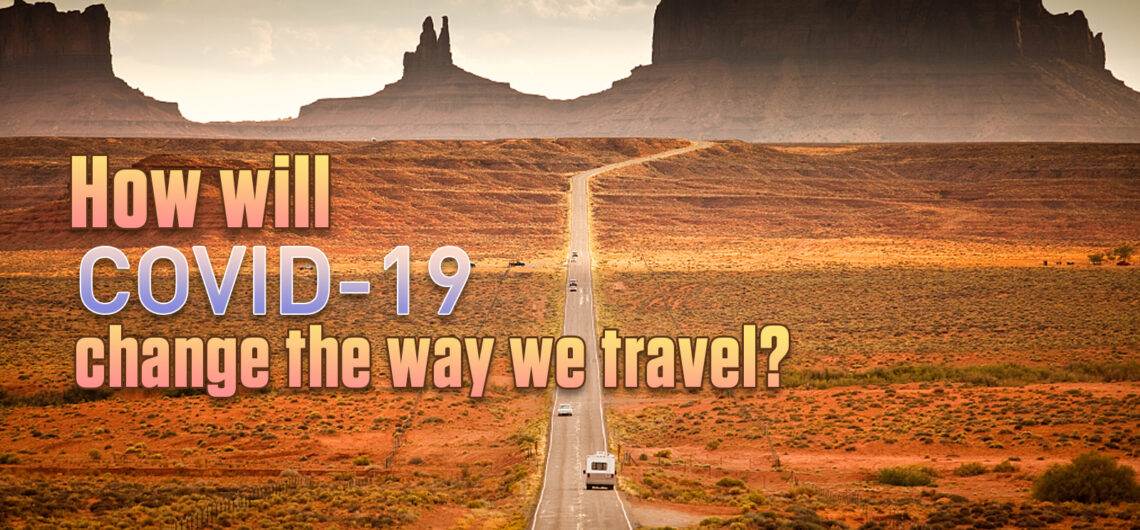Changes in Traveling after covid 5000 words Article with points
The COVID-19 pandemic has had a profound impact on the travel industry, with many countries implementing travel restrictions and quarantine measures to curb the spread of the virus. As a result, the way in which people travel has changed significantly. In this article, we will explore the changes in after COVID-19 and how they are likely to shape the future of the travel industry.
1. Increased focus on health and safety measures
One of the most significant changes in after COVID-19 is the increased focus on health and safety measures. This includes measures such as mandatory face masks, temperature checks, and increased cleaning and sanitisation protocols. Many airlines, hotels, and other travel-related businesses have implemented these measures to ensure the safety of their customers and employees.
2. Rise of contactless and digital technologies
Another travel change after COVID-19 is the rise of contactless and digital technologies. Many airlines, hotels, and other travel-related businesses have implemented contactless check-in and check-out processes, as well as mobile apps that allow customers to access their booking information and make changes without needing physical contact. This has not only increased safety but also made the process more convenient for travellers.
3. Changes in destination choices
The COVID-19 pandemic has also led to changes in destination choices. People are more likely to travel domestically or to nearby countries that have lower infection rates rather than travel internationally to far-off destinations. This trend is likely to continue in the short term, as many people still hesitate to travel too far from home.
4. Increase in outdoor and nature-based activities
The pandemic has also led to an increase in outdoor and nature-based activities. People are more likely to choose activities such as hiking, camping, and wildlife watching, as these activities are considered safer than indoor activities. Many travel-related businesses have responded to this trend by offering more outdoor-based activities and packages.
5. Shift towards sustainable and responsible tourism
The pandemic has also led to a shift towards sustainable and responsible tourism. People are likelier to choose destinations and activities that have a lower impact on the environment and local communities. Additionally, many travellers are looking for ways to support local communities and economies, particularly those that have been hard-hit by the pandemic.
6. Changes in the way of
The pandemic has also led to changes in the way of travelling. People are more likely to choose self-drive or rental car options, as they provide more control over the travel experience and reduce the need for close contact with others. Additionally, road trips and camping trips have become more popular as they provide more control over the travel experience and reduce the need for close contact with others.
7. Changes in the travel industry
The travel industry has also undergone significant changes as a result of the pandemic. Many travel-related businesses have had to adapt to the new reality by offering new products and services, such as flexible booking and cancellation policies, and increased health and safety measures. Additionally, many businesses have had to reduce capacity and lay off staff in order to survive the downturn in demand.
In conclusion, the COVID-19 pandemic has had a profound impact on the travel industry, leading to significant changes in the way people travel. These changes include an increased focus on health and safety measures, the rise of contactless and digital technologies, changes in destination choices, an increase in outdoor and nature-based activities, a shift towards sustainable and responsible tourism, changes in the way of traveling, and changes in the travel industry.

